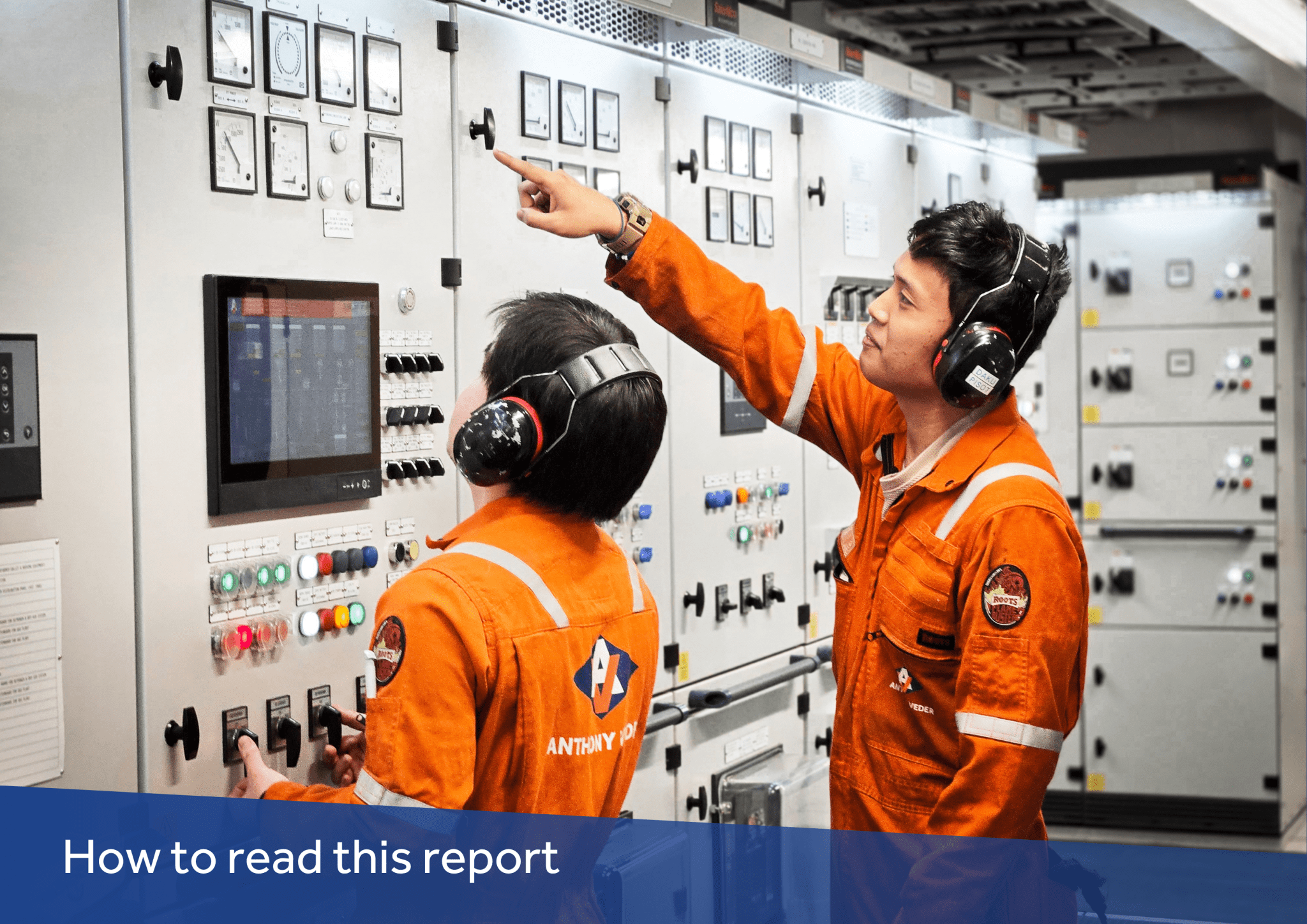
Sustainable growth report 2024
Sustainable growth report 2024

This report covers our sustainability activities for the period of 1 January to 31 December 2024 and is aligned with the ESG (Environment, Social, Governance) standards. In this report, we begin with Care for People (Social), followed by Care for Environment, and conclude with Care by Governance.
This report and CSRD
As of 2024, the EU Corporate Sustainability Reporting Directive (CSRD) mandates that companies report on their environmental and social impacts. To meet these new requirements, the European Sustainability Reporting Standards (ESRS) have been adopted by the EU. Our CSRD reporting and ESRS have been incorporated into the reporting of HAL Investments. Additionally, we are committed to reporting on our ESG roadmap annually, tracking our targets and measuring our progress. This Sustainable Growth Report 2024 marks our sixth annual report.
Double materiality assessment
We performed a double materiality assessment in 2023 in preparation for CSRD compliance. It considers both the impact of sustainability issues on our business and the effects our business has on the environment and society. This assessment helps us to further refine our ESG roadmap and sustainability strategy, focusing on the most relevant issues for us and our stakeholders.
Update ESG roadmaps
In this report, we provide an update on the progress made towards the targets set out in our ESG roadmaps, introduced in 2022. Minor updates have been made to the roadmaps, which now include clearer indicators, process descriptions, and stakeholder involvement. These roadmaps guide our sustainability initiatives and support greater transparency in how we are achieving our long-term targets up to 2035.
UNSDGs
We recognise the importance of the 17 United Nations Sustainable Development Goals (SDGs) as a framework to assess and understand our sustainability impact. In this report, we highlight our contribution to 8 specific SDGs, which are directly relevant to our business operations and sustainability efforts. Each chapter links the relevant SDGs to the specific topics discussed.
Emission reporting
For emission reporting we apply the “control by contract” approach, using industry-standard conversion factors. The 2022 emissions have been used as a benchmark for comparison, with adjustments made in line with changes to the FuelEU regulations. This ensures that the data of previous years can be compared on a like-for-like basis. A definition list detailing these changes is available in the appendices. We report both tank-to-wake (t-t-w) and well-to-wake (w-t-w) emissions for fuels. Our net-zero by 2035 ambition is based on w-t-w emissions, which more accurately reflect the impact of sustainable marine fuels and onboard technologies, allowing us to measure the complete effects of emission reductions.
In this year’s report, we have updated our methodology for calculating scope 3 emissions which are not directly related to the fuel used. For these scope 3 emissions, we now use estimation methods, which are either spend-based or hybrid-based methods. These methods help us to have a more complete overview of our scope 3 emissions. A more detailed explanation is included in scope 3 emissions in the chapter: care for environment.
